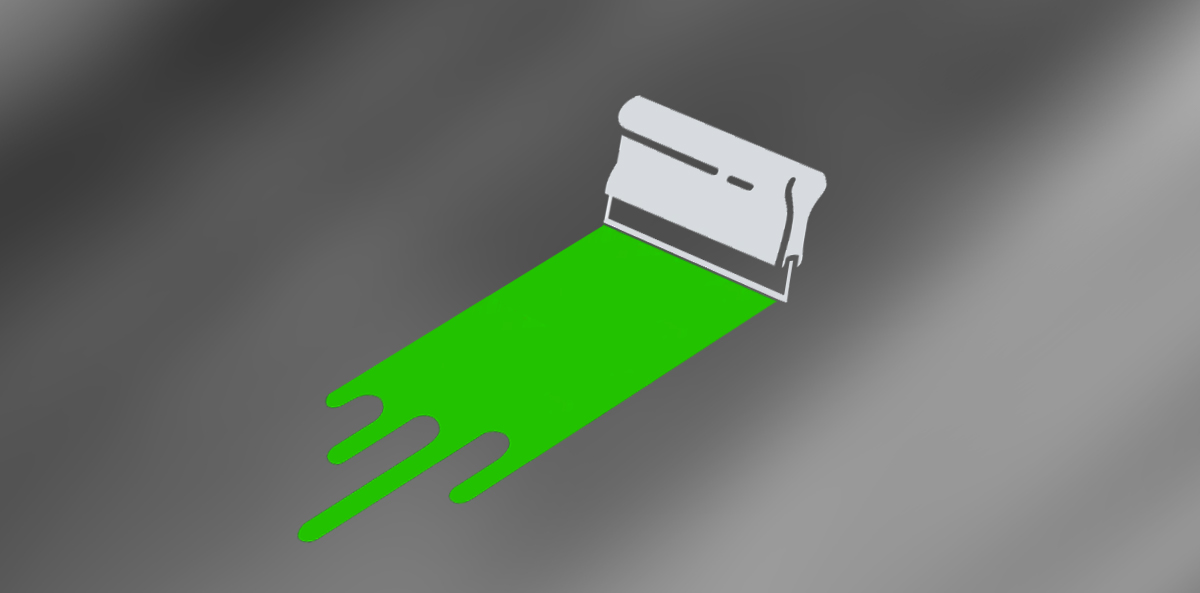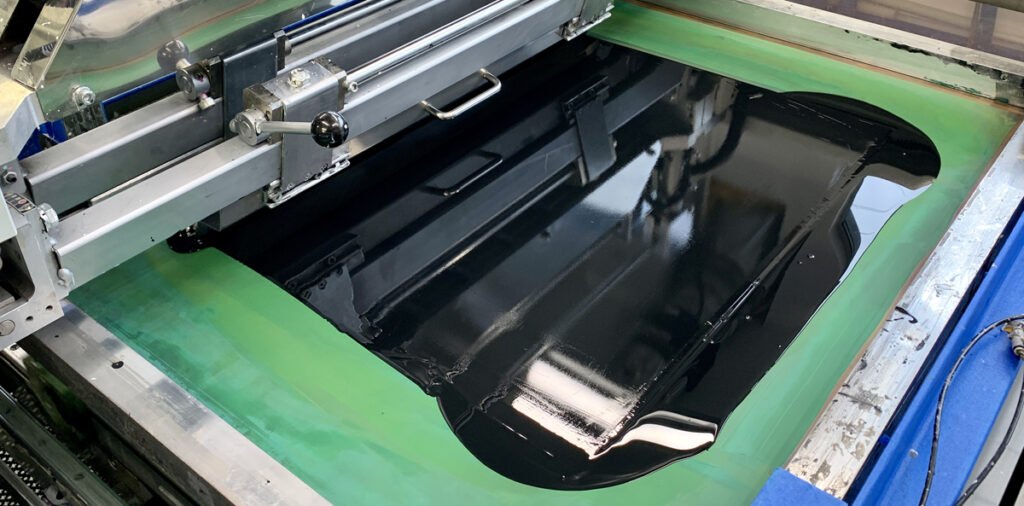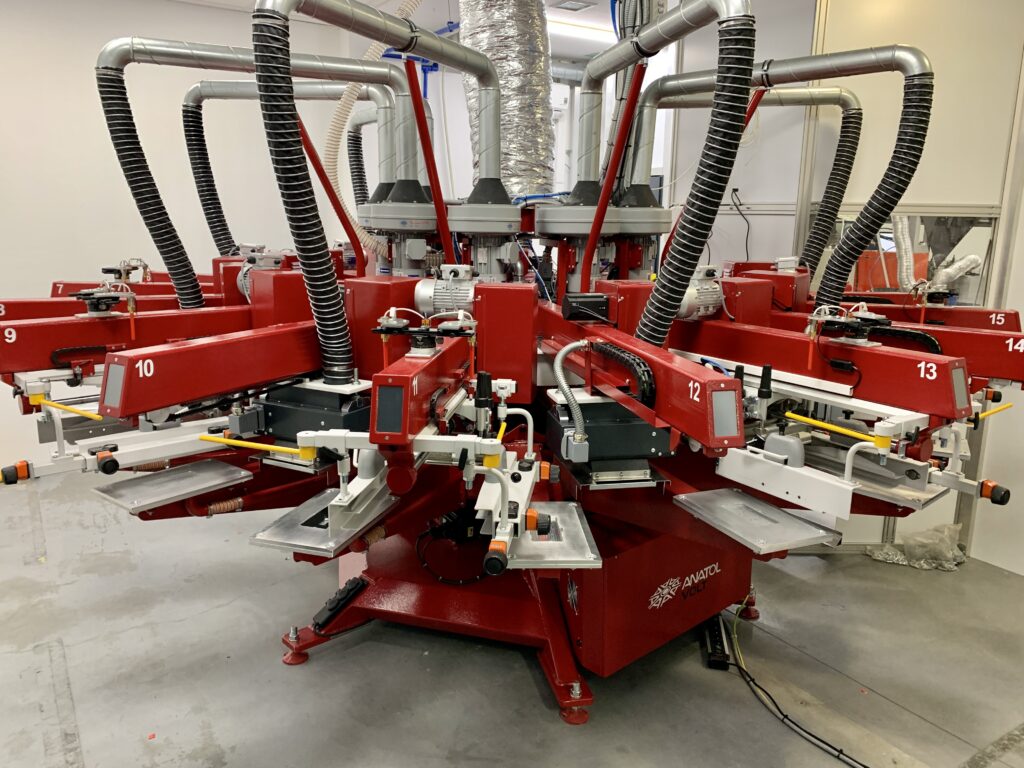
Screen printing – what is it? Old technology reinvented
The printing technique known today as screen printing is undoubtedly one of the most widespread printing methods all over the world. Nowadays, it is used both for individual or low-volume prints and for mass production in many branches of industry. Screen printing – what is it and how do we use this technology?
The technique has its roots in ancient stencil printing methods used in the Far East. The Japanese are commonly regarded as its creators: Yuzensai Miyasaki who already in the 17th century used stencil printing for the repetitive decoration of fabrics, and Zisukeo Hirose, who in the 19th century invented the stencil called katagami, which is the prototype of the screen printing mesh to this very day. First screen printing stencils were made of the mesh woven from human or animal hair stretched on a wooden frame. However, durability of such a stencil was extremely low. The breakthrough which contributed to the widespread of this printing method all over the world turned out to be the use of silk canvas partially covered with varnish for making the stencil. The method was worked out by Samuel Simon and patented in Manchester in 1907 under the name of silk-screen.
Since that moment screen printing was developing all over Europe, Asia, and the United States, successfully competing with the typographic technology invented by Johannes Gutenberg.
Screen printing – why is this technique so popular?
The screen printing technique owes its popularity to simplicity and possibility of making a unique print almost without the use of machines and on every substrate. All that printing required was the stencil itself, the right ink and hand-pressed doctor blade. As time went by and technology advanced, the first screen printing tables with a lifting frame were created, followed by rotary carousels for printing in a few colours. Newer and newer possibilities of use of screen printing were being discovered together with this development. Serigraphy, as screen printing was once called from the Latin name for silk, sericum, was used by world-famous visual artists, headed by Andy Warhol. It was more and more frequently used in the clothing industry and small publishing houses. It also became popular in the advertising industry and in many other branches of industry. Nowadays, companies from the household appliances, consumer electronics or automotive industries and their subcontractors use screen printing technology for permanent printing on the housing components of their products and control panels. It is even used by electronics manufacturers in the production of the so-called printed circuits.
How does Etisoft use the screen printing technique?
Along with the continuous development of screen printing technologies and growing requirements and needs of the market, companies such as Etisoft invest in state-of-the-art devices and entire production lines based on this technology.

Out of concern for environment, Etisoft uses in its production special inks and UV drying of print, thanks to which it limits the emission of toxic compounds to the atmosphere. All new devices installed at Etisoft in recent years are based on the UV technology.

Further planned investments are based on even newer drying technologies with cold UV light generated by LEDs. The first such UV LED screen printing machines designed especially for Etisoft will be launched in November this year. It will increase the company’s production capacity within printing on materials and production of panels and window panels for the household appliance industry.
If you are interested in products offered by Etisoft, use panels or window panels in your business activity, contact us.
